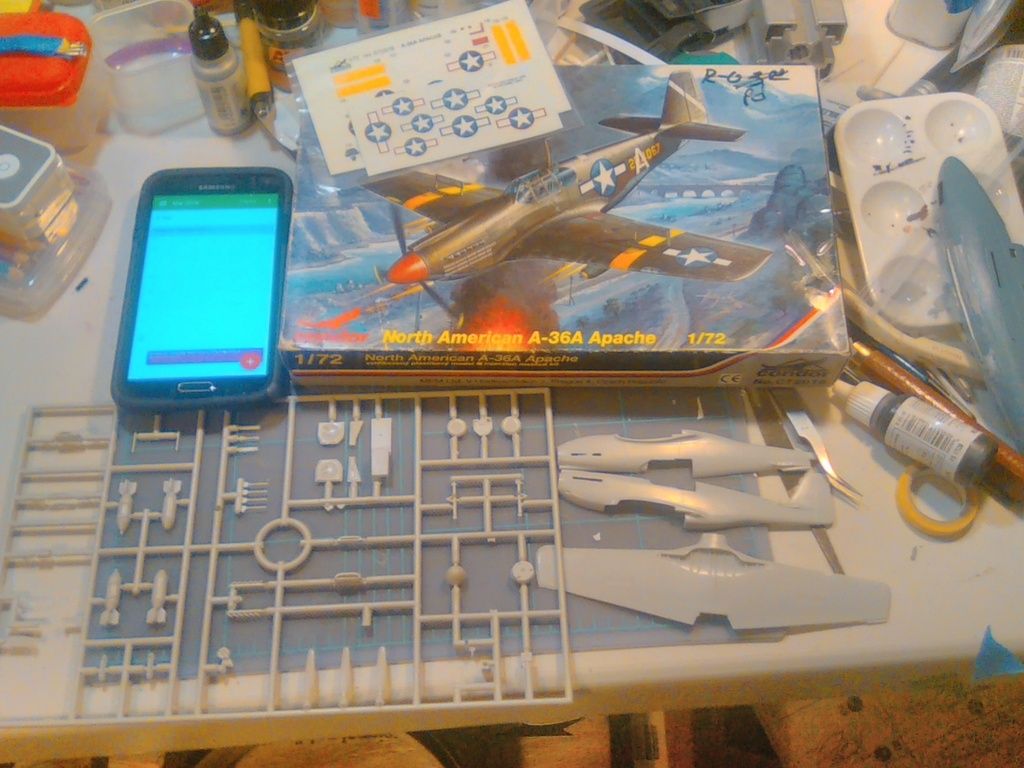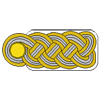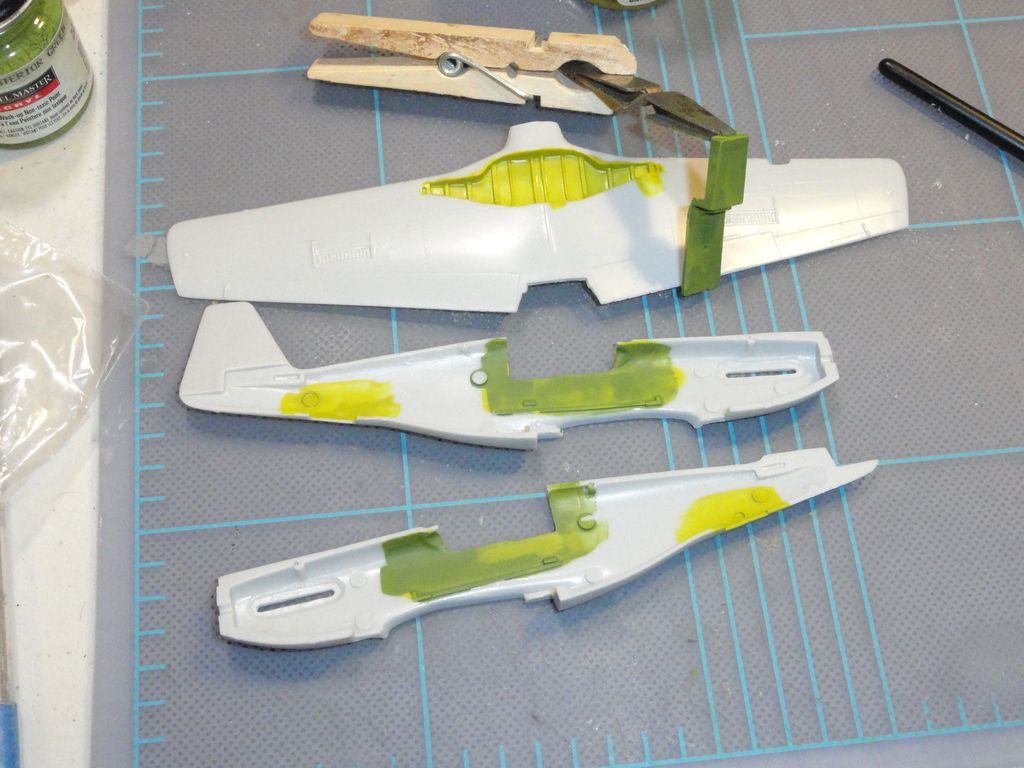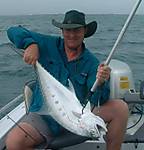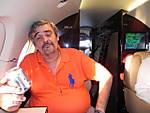Another update for you lot.
The tail planes are on it looks more like an aeroplane now. It also gives a better perspective of just how "tubby" the SB2C actually is. It's almost a perfect square in basic outline. It appears to me to need to be stretched, the fuselage looks just way too short for the wings. It was terribly underpowered in its first edition. The replacement R2600 engine was much more reliable and powerful. They increased the tail area TWICE to correct for directional instability. We all know that eventually the defects were corrected and it served with distinction in the last two years of the war but it never managed to escape the initial bad feelings it engendered amongst its crews. Here's a brief synopsis I stole verbatim from wikipedia (because if it's on Wiki it must be true!).
"The model XSB2C-1 prototype initially suffered teething problems connected to its R-2600 engine and three-bladed propeller; further concerns included structural weaknesses, poor handling, directional instability and bad stall characteristics. In 1939, a student brought a model of the new Curtiss XSB2C-1 to the MIT wind tunnel. Professor Emeritus of Aeronautical Engineering Otto C. Koppen was quoted as saying, "if they build more than one of these, they are crazy". He was referring to controllability issues with the small vertical tail.
The first prototype made its maiden flight on 18 December 1940. It crashed on 8 February 1941 when its engine failed on approach, but Curtiss was asked to rebuild it. The fuselage was lengthened and a larger tail was fitted, while an autopilot was fitted as a result of the aircraft's poor stability. The revised prototype flew again on 20 October 1941, but was destroyed when its wing failed during diving tests on 21 December 1941.
Large-scale production had already been ordered on 29 November 1940, but a large number of modifications were specified for the production model. The size of the fin and rudder was enlarged, fuel capacity was increased, self-sealing fuel tanks were added and the fixed armament was doubled to four 0.50 in (12.7 mm) machine guns in the wings, compared with the prototype's two cowling guns. The SB2C-2 was built with larger fuel tanks, improving its range considerably.
The program suffered so many delays that the Grumman TBF Avenger entered service before the Helldiver, even though the Avenger had begun its development two years later. Nevertheless, production tempo accelerated with production at Columbus, Ohio and two Canadian factories: Fairchild Aircraft Ltd. (Canada), which produced 300 (under the designations XSBF-l, SBF-l, SBF-3 and SBF-4E), and Canadian Car and Foundry, which built 894 (designated SBW-l, SBW-3, SBW-4, SBW-4E and SBW-5), these models being respectively equivalent to their Curtiss-built counterparts. A total of 7,140 SB2Cs were produced in World War II."
I've got the engine in place and the ignition harness attached. I've put a burnt umber wash over it which of course removed the gunmetal enamel paint I'd painted the harness with. Note to self protect the harness with Klear or use acrylic as a wash over enamels. Actually I prefer to use artist's oils as a wash so I usually use acrylics for the base colour. The engine was painted flat aluminium, however I used enamel to paint the harness as I tend to use enamels for detail painting. No biggie really just need to repaint the harness.
While I was fighting the etch for the gunners flexible mount I broke off the long thin plastic support at the front so I took the opportunity to replace it with some of the thin brass rod I got the other day. It will be a lot stronger than the brittle plastic and perhaps a better scale representation of the actual rod? Anyways here are the usual progress pics.


















